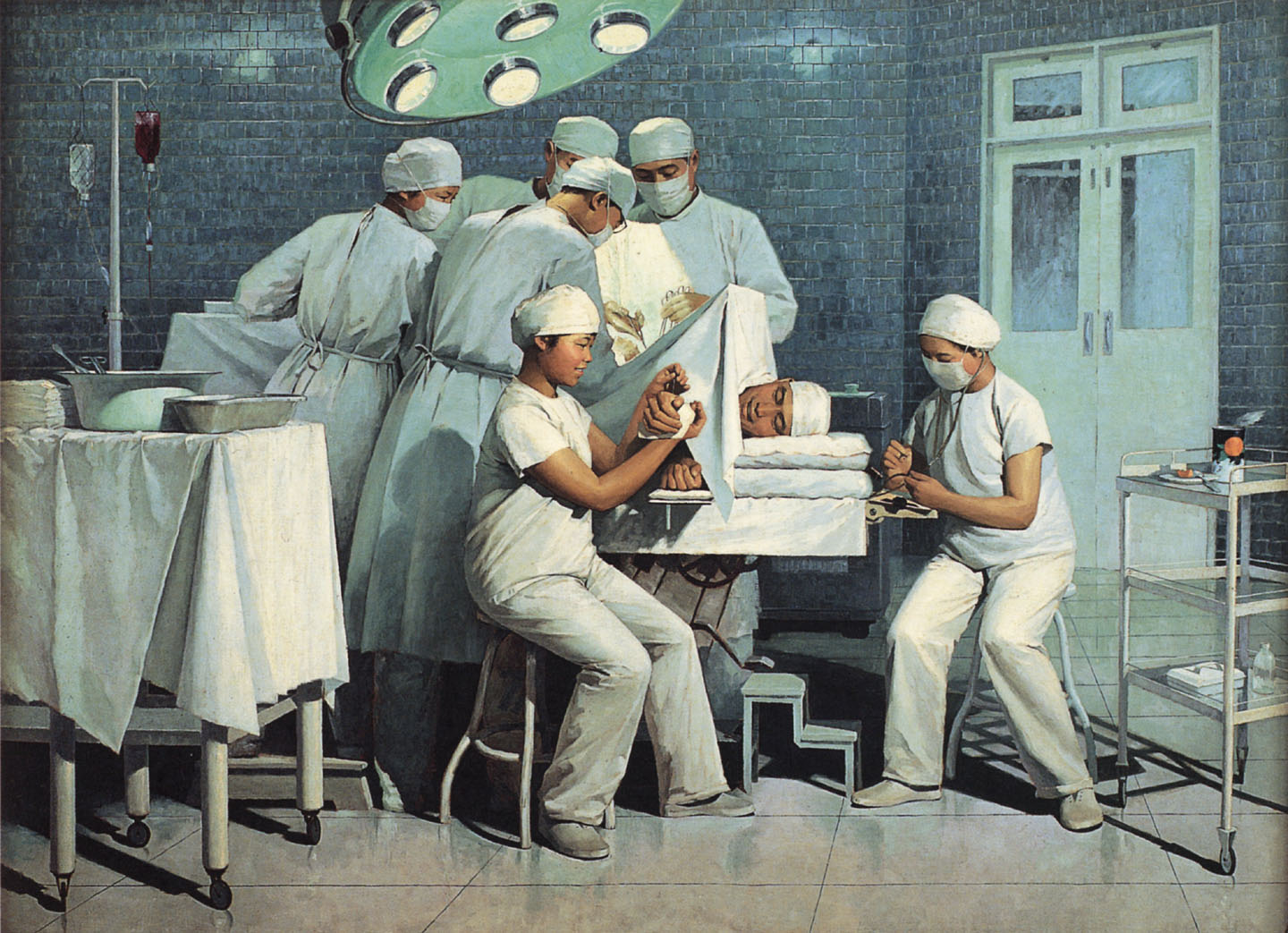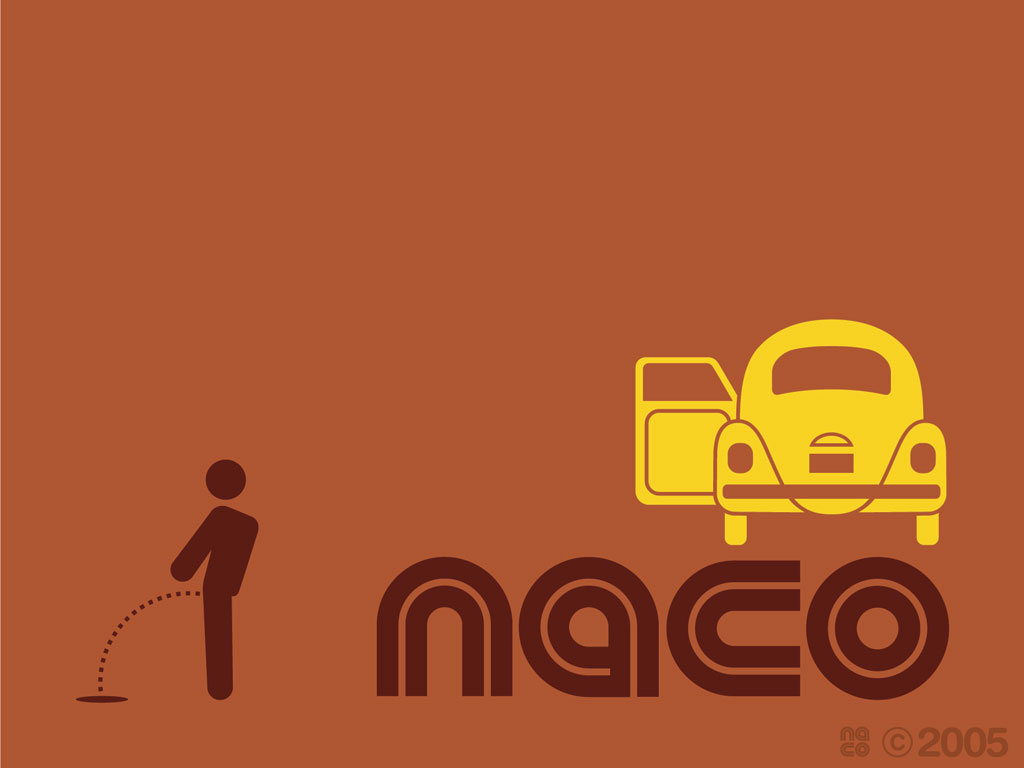
Acupuncture being used during surgery as an anaesthetic in Cultural Revolution China.
I spent some time yesterday talking to a friend that is studying Chinese Medicine.
She is training to be an acupuncturist and she is interested in the kinds of research used in evidence based medicine.
This is a big issue for complementary therapies in general as they believe in using qualitative as well as quantitative research to understand a treatment’s efficacy since most complementary health treats the whole person and not just observable symptoms.
And it is a big issue for acupuncture in particular as the standard means to test any medical treatment, the randomised controlled trial (RCT) is notoriously problematic for this therapy. You can undertake a RCT but it involves using sham needles on the control and so while a single-blind test is therefore possible the gold standard of a double-blind test is out of the question.
She wanted my help in understanding different research methodologies.
But as a planner working in marketing communications I realised I could be of little help since I rarely come across research. Or rather I rarely come across real research and our little discussion finally proved this to me.








